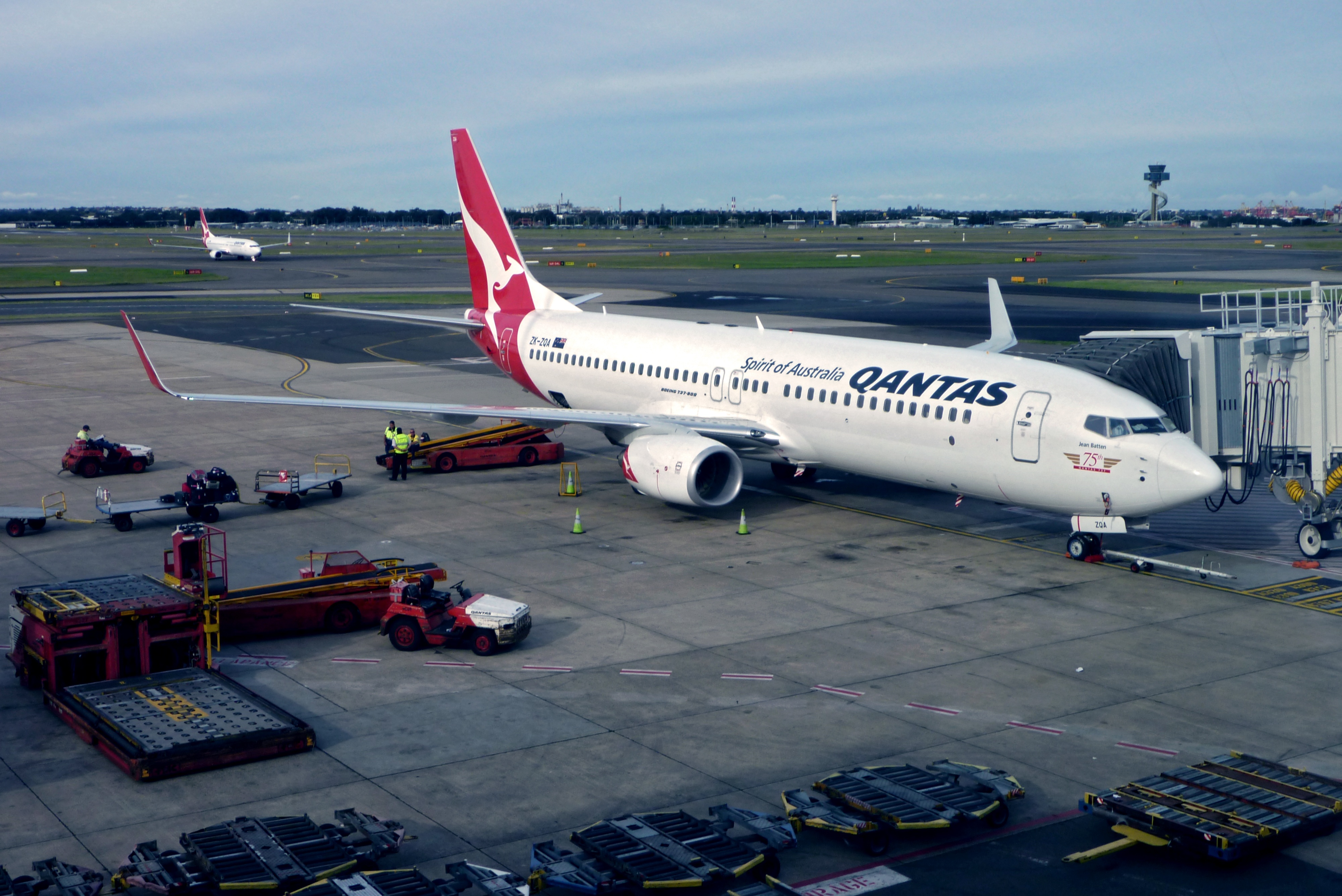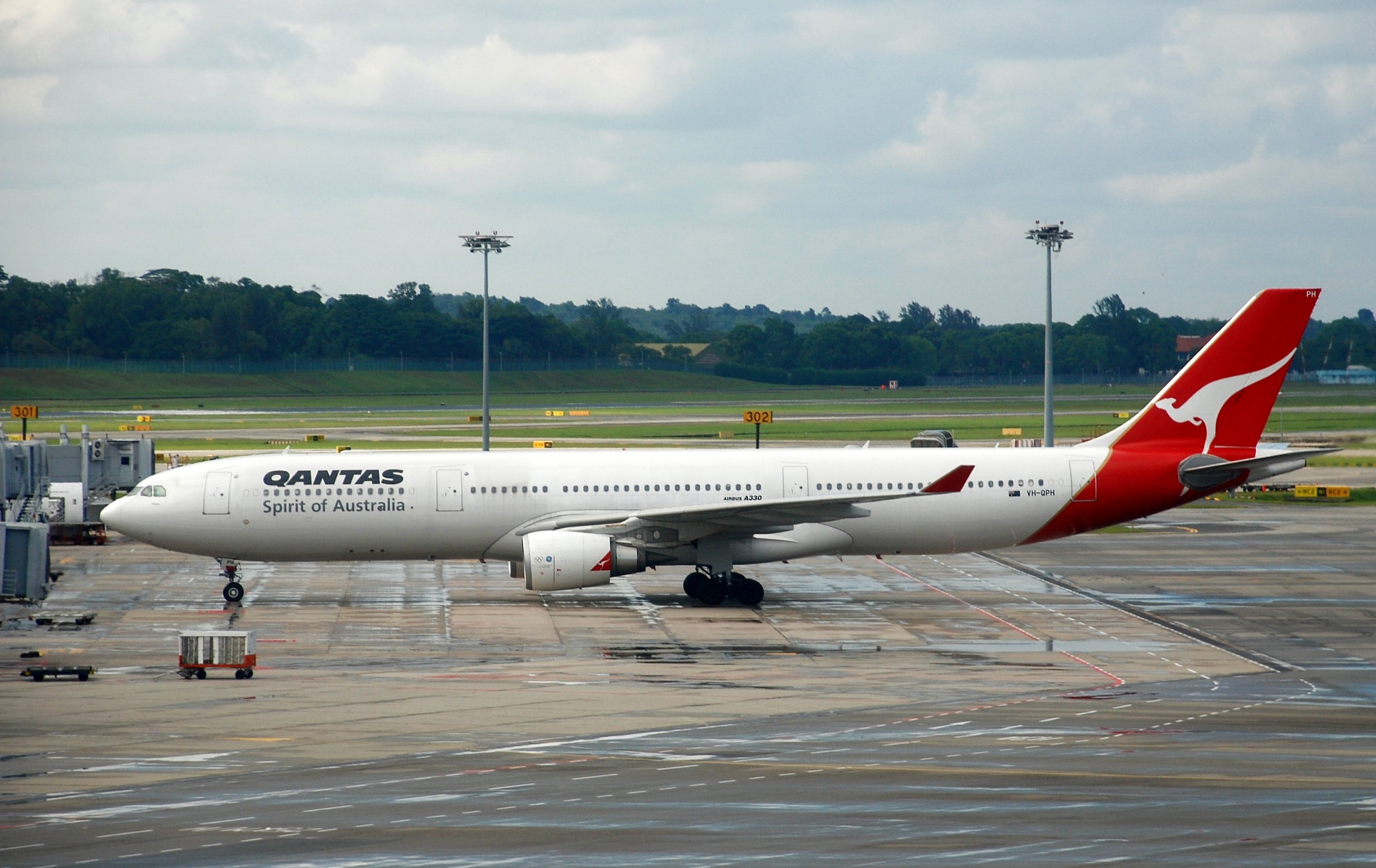Wednesday 11 September 2013
Thursday 5 September 2013
KLM: the route to the Far East
The birth of KLM
On October 7th, 1919 a young aviation pioneer, named Albert Plesman, founded KLM (Koninklijke Luchtvaart Maatschappij), in honour of Queen Wilhelmina.
The new commercial airlines, was created thanks to the effort of two men:
Albert Plesman, a young leutenant of the Royal Dutch Air Force, and Anthony Fokker, the famous Dutch designer and manufacturer of WW1.
Fokker had been working in Germany during the war, designing the first modern monoplane fighter, the Fokker Eindecker. After the defeat of Germany and the end of the war, the Dutch manufacturer moved back to his mothercountry.
The airline started its services with D.H.9 and D.H.18 aircraft, opening the first scheduled route on 17 May 1920. It was necessary to hire from Aircraft Transport and Travel a pilot, Jeremy Shaw, to fly two passengers and a bag of newspapers from Amsterdam to London.
A few months later, in August, KLM opened its second route to Paris Le Bourget. This promising achievements showed Plesman and Fokker the potential of commercial routes in Europe. To fully exploit it, what the airline needed was a purpose-built passenger aircraft.
Anthony Fokker thus designed the F. II, a high-wing monoplane with room for four passengers in an enclosed cabin. The aircraft was powered by a single Armstrong Siddely Puma of 240 hp and had a cruising speed of only 120 km/h.
It is not known wheter a legend or not, but some rumours state F II pilots had to carefully avoid flying close to passenger trains, otherwise the passenger would have realized how slow they were flying!
Soon followe the F III, desiged with a widened cabin for 5 passengers. Despite slow and underpowered, the Fokker monoplanes gave KLM the chance to operate scheduled routes over Europe. In the the years following its maiden flight, the Dutch carrier flew passengers and freight to and from Amsterdam, London, Paris, Bruxelles, Copenhagen, Malmo, and Zurich.
Success in Europe brought good profits and increased image and reputation. KLM was now ready for next step. Connecting Europe with the Far East and opening commercial routes to Malaya, the Dutch East Indies and Australia.
 |
| Fokker F II |
Anthony Fokker thus designed the F. II, a high-wing monoplane with room for four passengers in an enclosed cabin. The aircraft was powered by a single Armstrong Siddely Puma of 240 hp and had a cruising speed of only 120 km/h.
It is not known wheter a legend or not, but some rumours state F II pilots had to carefully avoid flying close to passenger trains, otherwise the passenger would have realized how slow they were flying!
Soon followe the F III, desiged with a widened cabin for 5 passengers. Despite slow and underpowered, the Fokker monoplanes gave KLM the chance to operate scheduled routes over Europe. In the the years following its maiden flight, the Dutch carrier flew passengers and freight to and from Amsterdam, London, Paris, Bruxelles, Copenhagen, Malmo, and Zurich.
Success in Europe brought good profits and increased image and reputation. KLM was now ready for next step. Connecting Europe with the Far East and opening commercial routes to Malaya, the Dutch East Indies and Australia.
Tuesday 3 September 2013
Qantas airliners photogallery - from the Avro 504k to the Airbus A380
A journey through nine decades of Qantas history with all the aircraft and liveries operated by the Australian carrier
Subscribe to:
Posts (Atom)



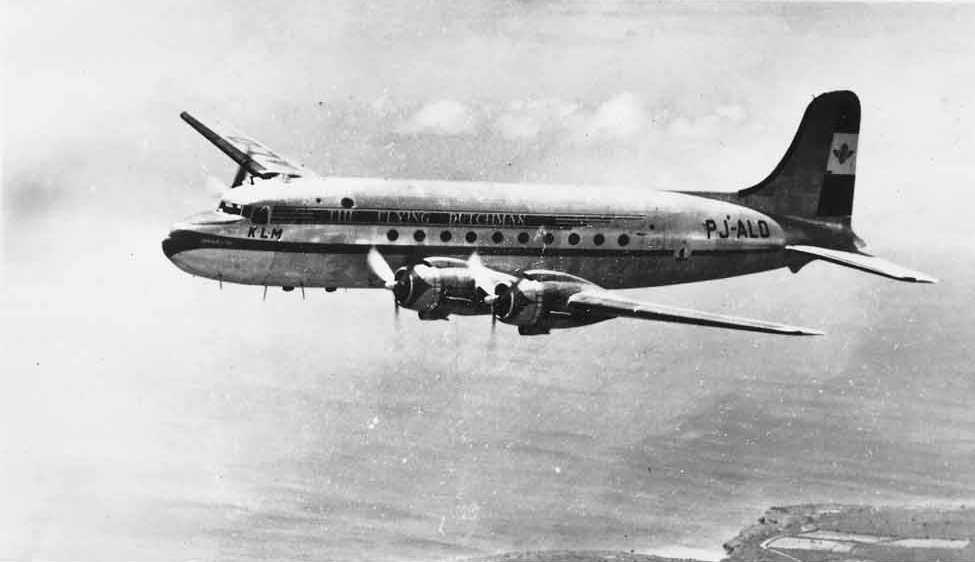


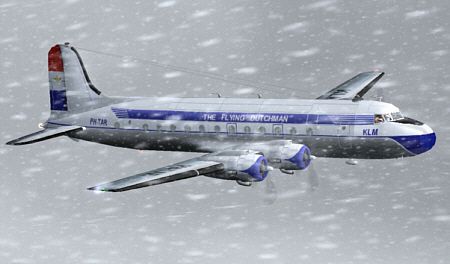


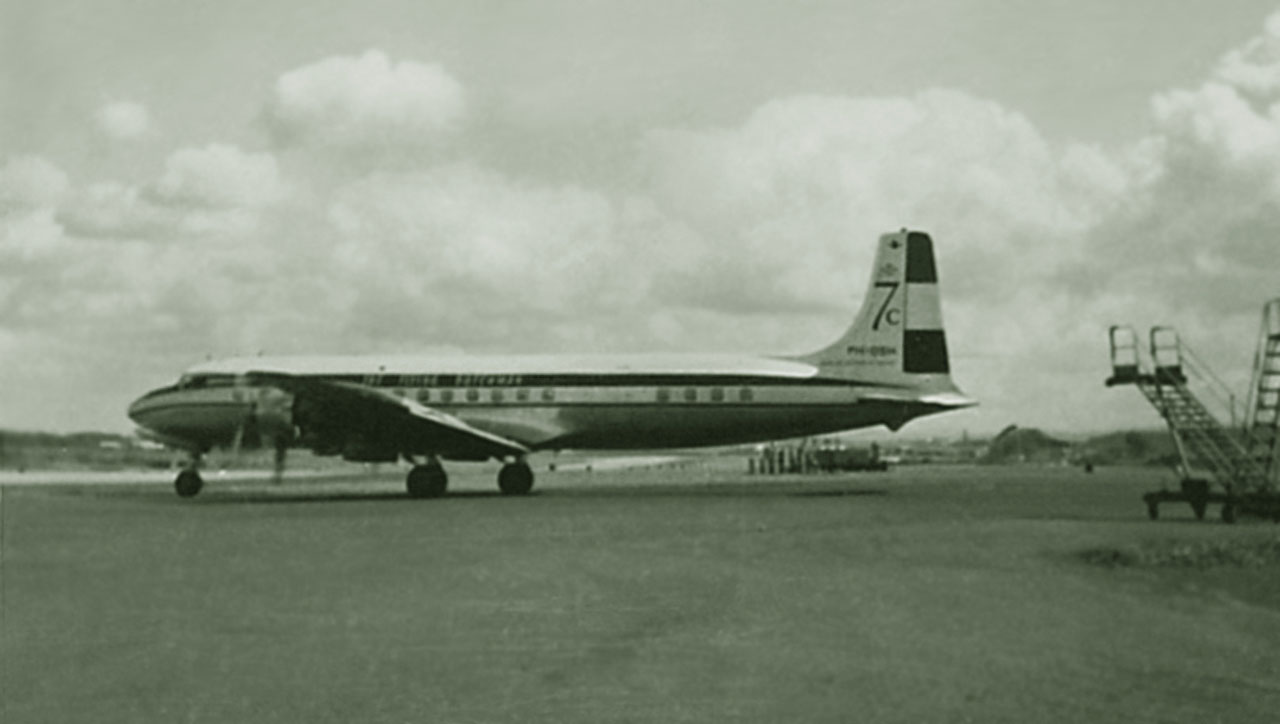

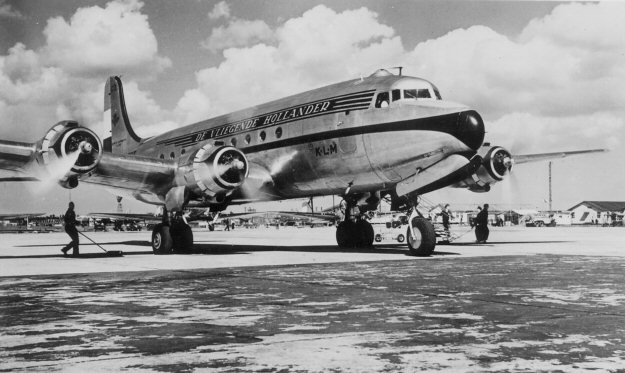
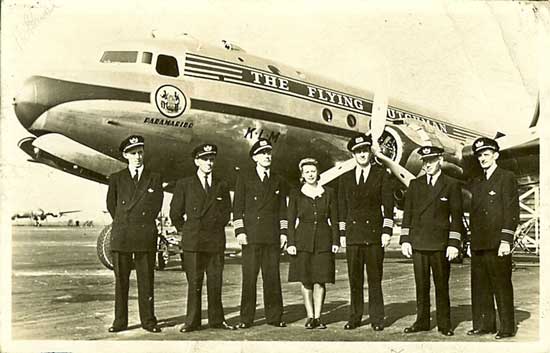





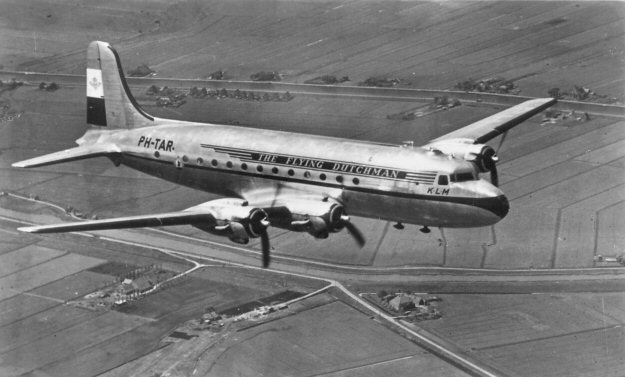

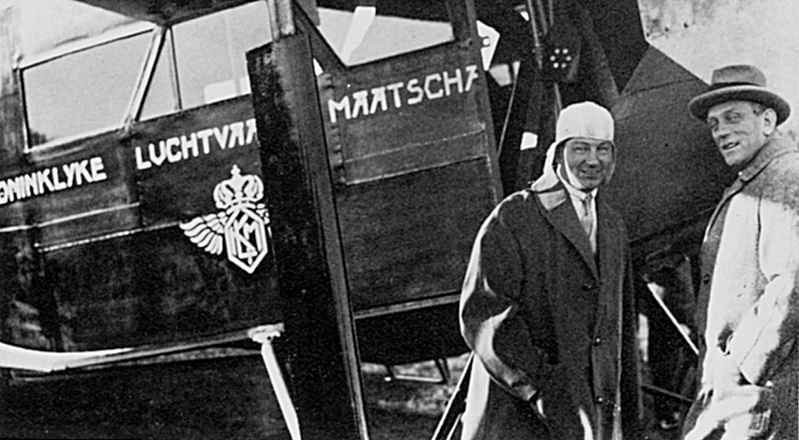



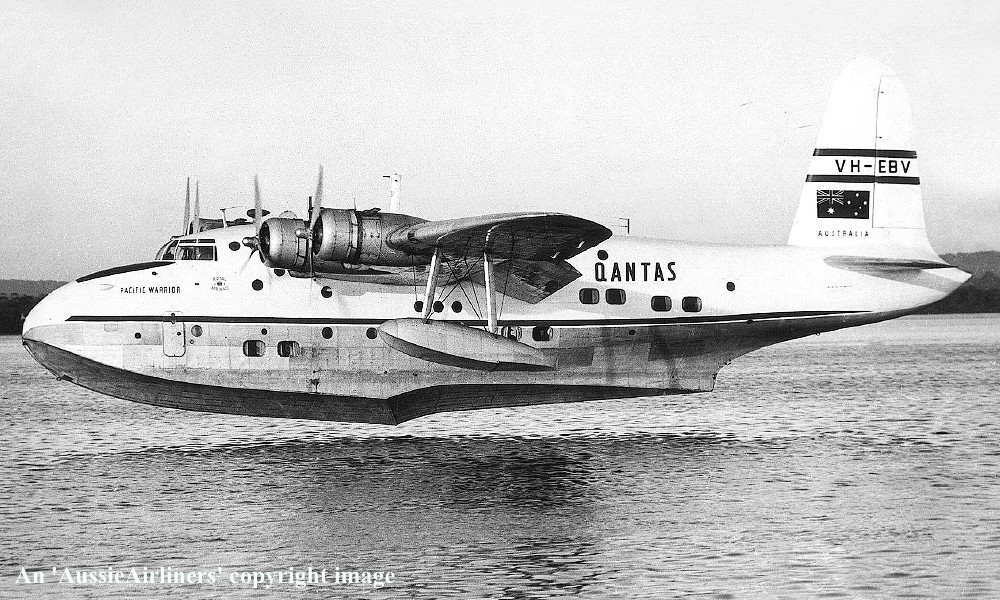
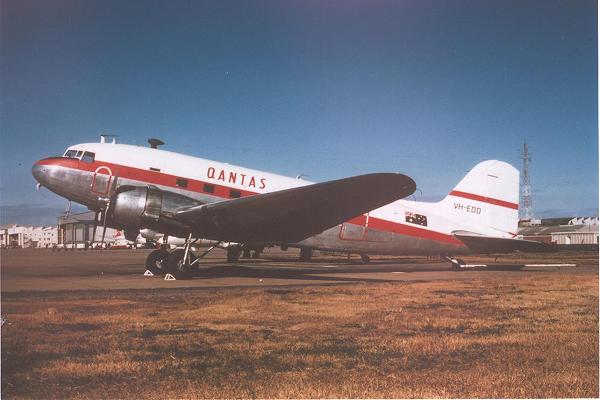
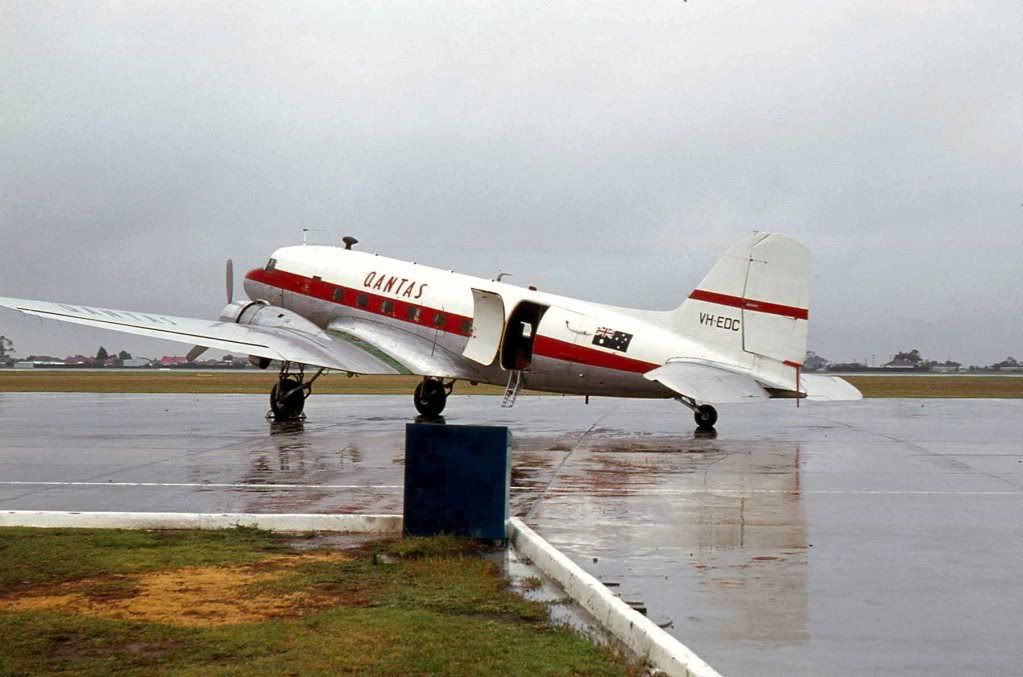






_AN0272552.jpg)








